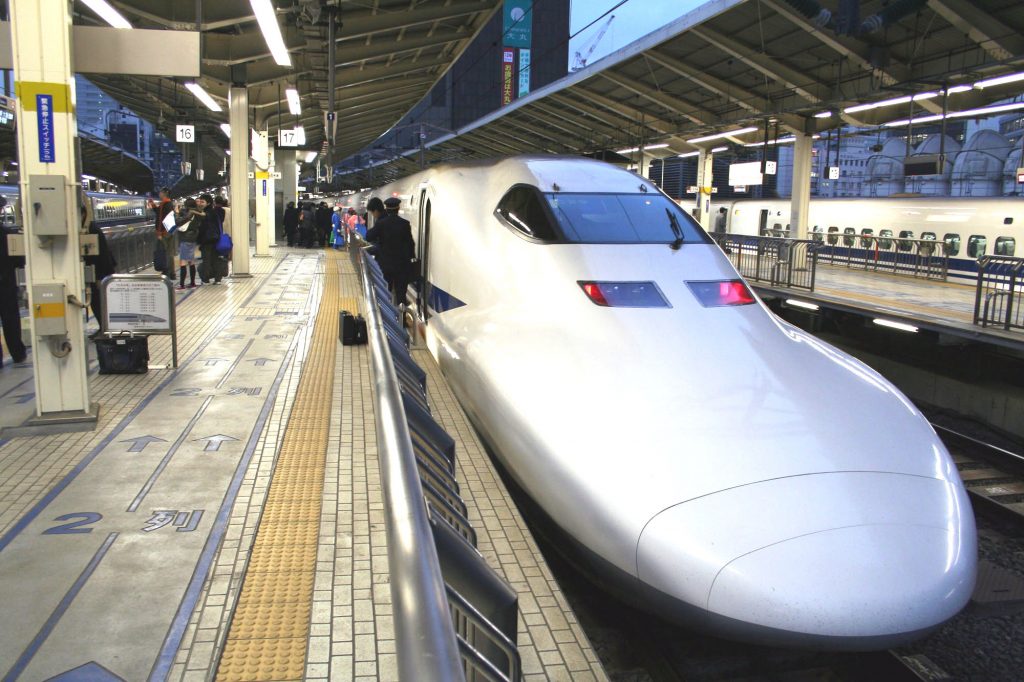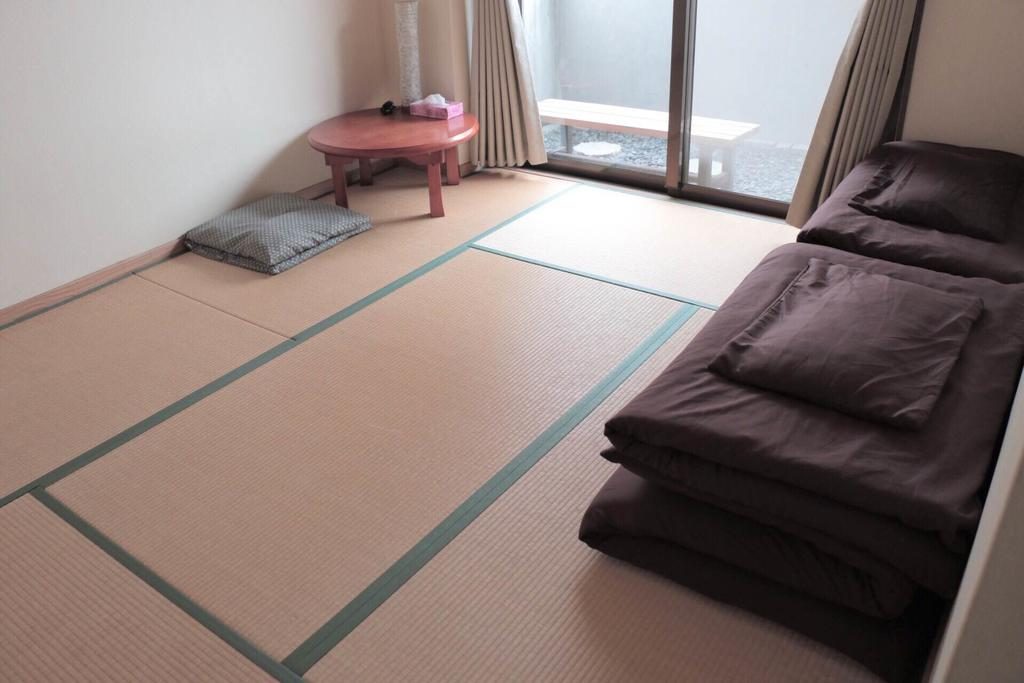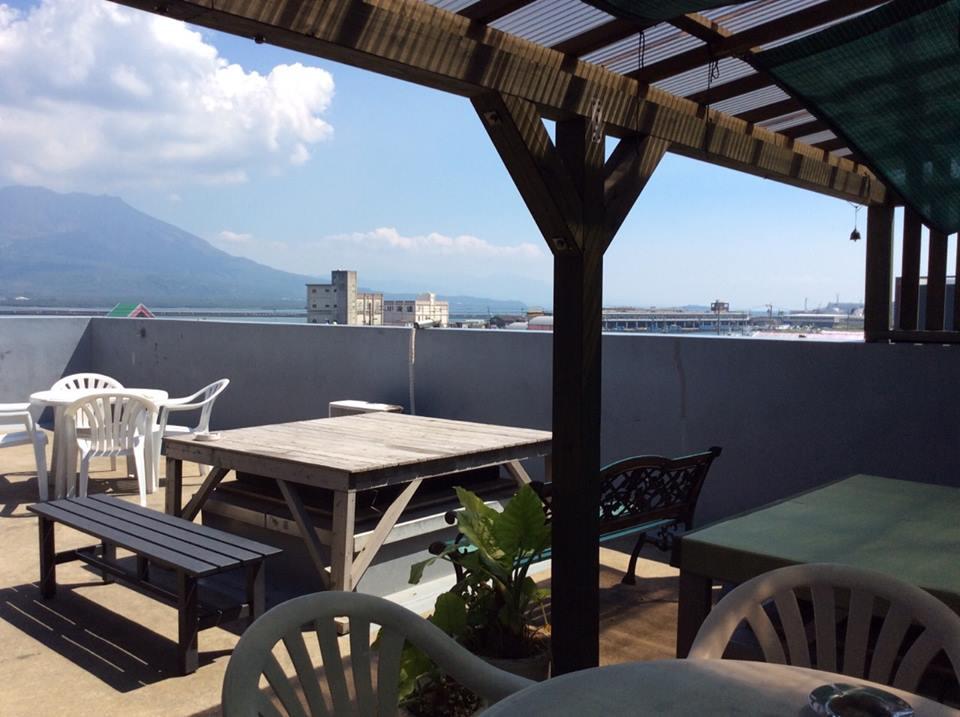Kagoshima is a city located south of Kyushu, one of the four main islands that make up the Japanese archipelago. With its strategic location in the Kagoshima bay, the city of Kagoshima has played a significant role in the history of Japan. In addition to its rich culture, it has beautiful landscapes to explore, many of them are in the gorgeous island of Sakurajima, located right in front the city.
Before we get into the city’s best attractions, here are some tips on how to travel to Kagoshima and where to stay.
How To Get To Kagoshima?
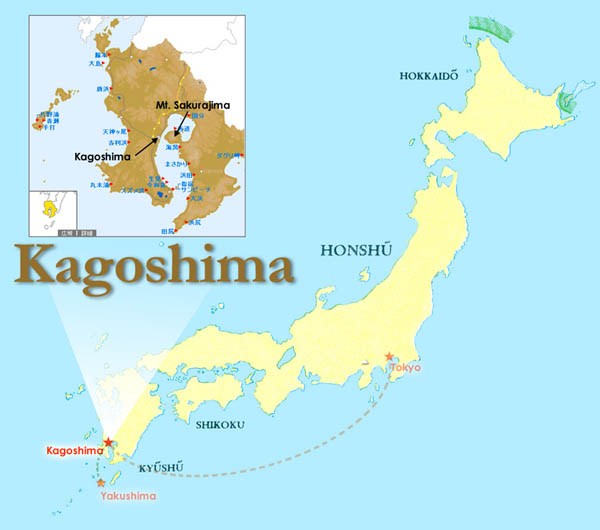
Fly to Kagoshima
As you can see, Kagoshima is quite far from the most frequently visited cities of Japan such as Tokyo, Osaka or Kyoto for example. One of the fastest ways to get to Kagoshima is therefore to take a short domestic flight. You can do your research on Skyscanner for example and you will see that it is not very expensive. Actually, you can buy a round-trip plane ticket from Tokyo to Kagoshima for about $115. For your information, the flight lasts about 2 hours.
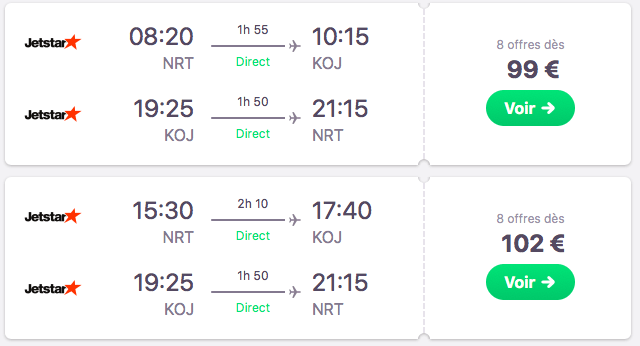
Take a train to Kagoshima
The train can also be an interesting option but only if you have a JR Pass. Train travel is quite expensive in Japan but this is no longer valid if you have a JR Pass. The pass also covers the ultra-fast Shinkansen lines so it will only take 4 hours to get from Osaka to Kagoshima by train. Check out the Hyperdia website to find the best route for you.

Take a boat to Kagoshima

I didn’t take the plane or the train to Kagoshima but rather went for a ferry trip from Naha City in Okinawa. To cover the 700 kilometers that separate the two cities, I boarded the big boat you see above for a 26-hour trip. You read right, a 26-hour trip! It was a long trip I admit but I wanted to do a Tokyo – Okinawa – Kyushu -Kansai – Tokyo loop and I absolutely loved it!
Of course, you can sleep on the boat and there are rooms where sleeping mats and (rectangular) pillows are provided.

It was certainly not the most comfortable trip but I really didn’t regret it because it was very fun and I met nice people there.
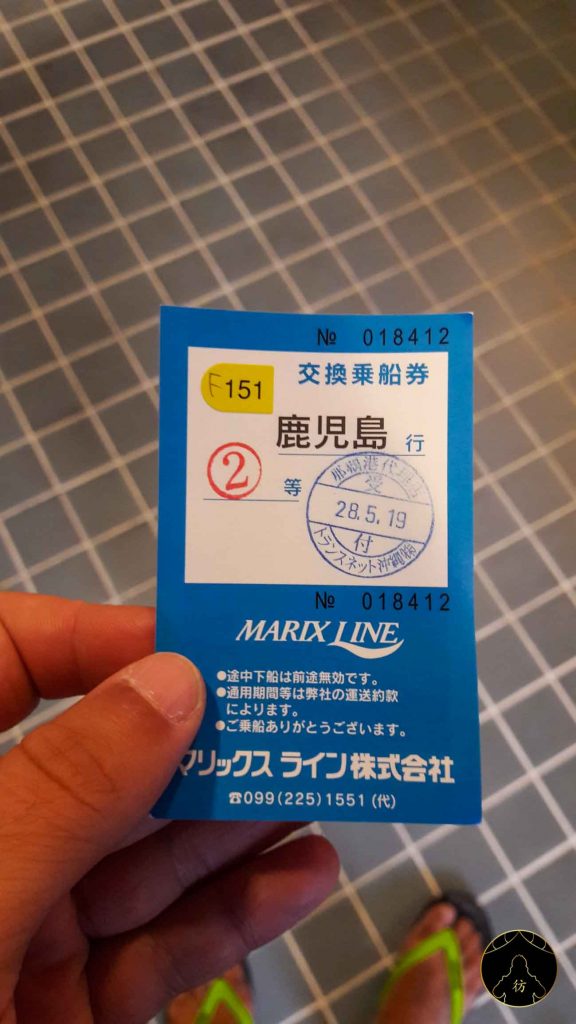
Where To Stay In Kagoshima?
During my trip to Kagoshima, I spent 3 nights in the Green Guesthouse and it was totally satisfying. It is conveniently located between Kagoshima Station and the port where you can embark to go to Sakurajima. The staff was also very welcoming and helped me organize my stay in Kagoshima. I also had great memories of parties we had at the roof top. You will also be able to see the volcano from there. 🙂
If you want to enjoy a good onsen after a busy day of touristy activities, you can book at the Nakahara Bessou ryokan to relax in its lovely hot spa.
The Nakahara Bessou ryokan also has the advantage of having western-style rooms, but I strongly recommend Japanese rooms with tatami mats and futon bedspreads. It is a typical Japanese experience to do at least once during your trip. And even if it doesn’t look very comfortable, I personally find it very relaxing and pleasant to sleep on a tatami mat.
The 7 Best Things To Do In Kagoshima
It’s time for adventure! Let’s go through the list of the 7 attractions I liked best in Kagoshima.
- Sakurajima volcano
- The Meiji Restoration Museum
- Samurai houses
- The statue of Saigo Takamori, the last Samurai
- Shiroyama Park
- Terukimi Shrine
- Sengan-en Garden
To make it all easier for you, those 7 places are marked on the city map of Kagoshima as follows:
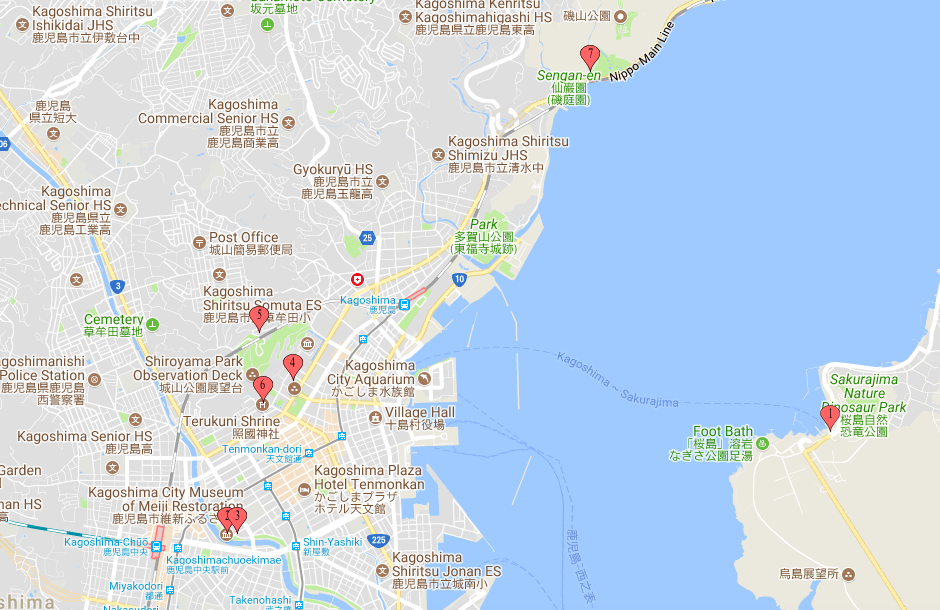
1. Sakurajima Volcano
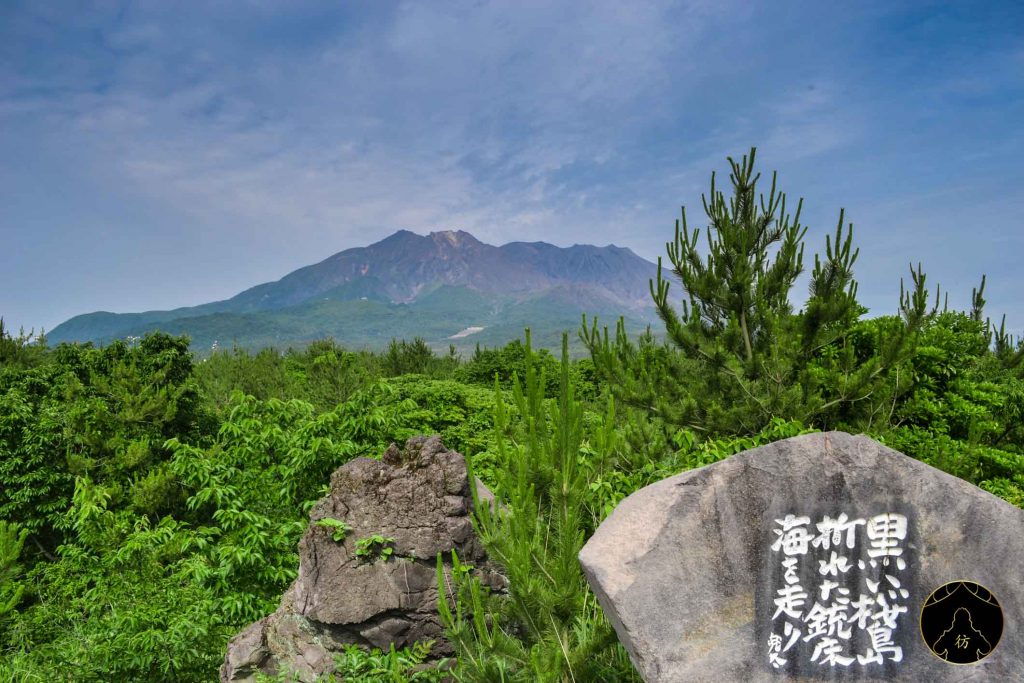
Sakurajima is undoubtedly the most interesting place to visit in the Kagoshima area. Onsen for foot baths (ashiyu), magnificent views of the volcano, great sanctuaries and magnificent trekking trails, that’s all that Sakurajima has in store for you. I talk about it in details in the following blog post, so don’t hesitate to check it out: Sakurajima.
2. The Meiji Restoration Museum

- Exact location: https://goo.gl/maps/J34VfNAaCT12
- Opening hours: every day from 9AM to 5PM
- Entrance fee: 300 yen (about $2.7)
The Meiji Restoration Museum in Kagoshima is a must-visit attraction if you want to understand the city’s culture and its role in Japanese history. The Meiji period (1868-1912) followed the famous Edo period, after which the present city of Tokyo was named. The country was then under the hegemony of the Tokugawa Shogunate who enacted the sakoku policy, under which foreigners and Japanese people were barred from entering or leaving the country for a couple hundred years. For more information on the Edo period, make sure to visit the Edo Museum in Tokyo.
This isolation period ended somewhat forcibly following Commodore Perry’s visit to Tokyo Bay on heavily armed American ships. In view of the technological backwardness that Japan had accumulated during the Edo period, the Tokugawa Shogunate gave in to the Americans’ request and opened the country to foreign powers.
The Tokugawa even ended up transferring power to the Emperor of Japan, whose authority was only symbolic during the Edo period. It was Prince Mutsuhito who inherited power and in 1868, proclaimed the restoration of Imperial rule and the transfer of the capital from Kyoto to Tokyo (literally “eastern capital”).
This was followed by a series of reforms that transformed Japan into an industrial nation, quickly catching up to the European and American powers. At the military level, the Samurai no longer served much purpose after the end of the Shogunate; they became businessmen or enrolled in the imperial army. These sudden changes did not please everyone and a rebellion broke out, led by Kagoshima’s most influential figure, Saigo Takamori.
We’ll talk more about Saigo when we visit his bronze statue. As for the museum itself, you will get there by crossing the Kōtsuki river through this beautiful wooden bridge.
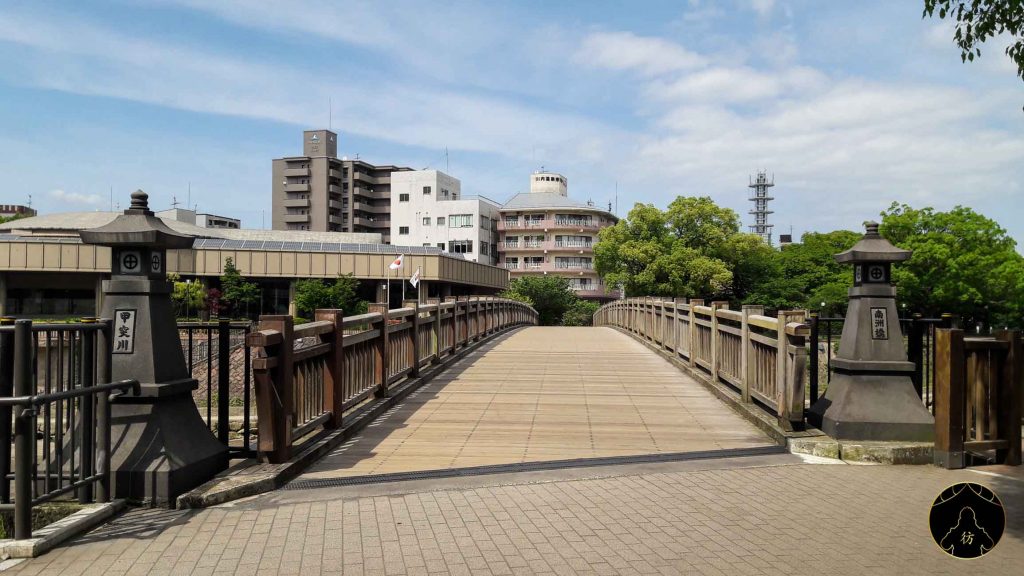
Inside the museum are many traditional Japanese artifacts and a small amphitheater where you can watch robots reenacting major events from the Meiji Restoration period.
Here is a little glimpse of what’s inside the Meiji Restoration Museum:
3. The Samurai Houses of Kagoshima
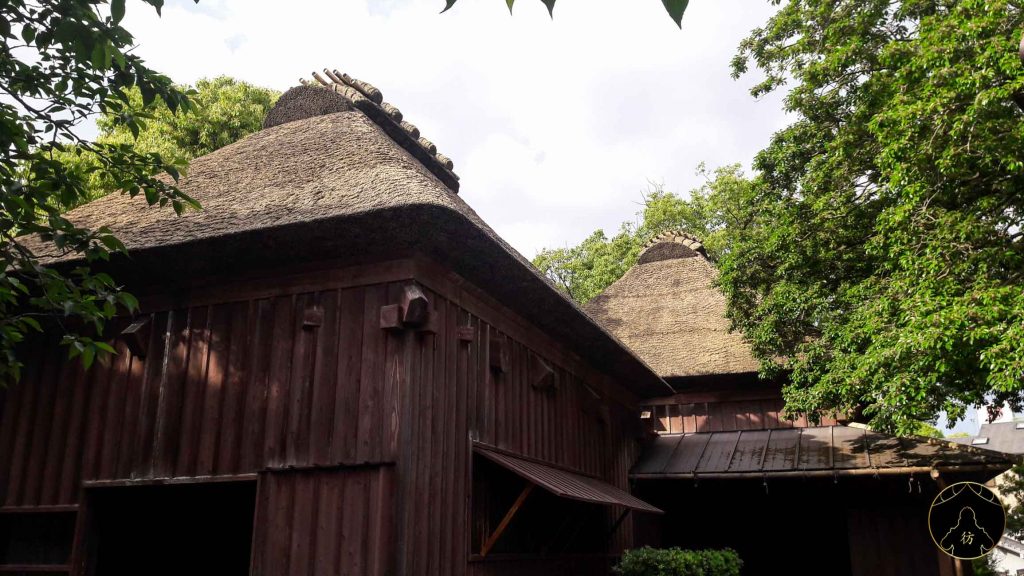
Exact location : https://goo.gl/maps/j8HiLMLFpNR2
The Satsuma clan of Kagoshima glorifies the status of samurai and so there are references to the lifestyle of these traditional Japanese warriors throughout the city. There is even a reconstruction of the houses of samurai just in front of the Meiji Restoration Museum, which you can visit for free.
This minimalist style called Futatsuya was adopted by low-level samurai who, at the end of the Edo period, had to live very modest lives. These reconstructed houses can therefore be considered a protest against the end of the samurai era.
4. The Statue of Saigo Takamori, The Last Samurai
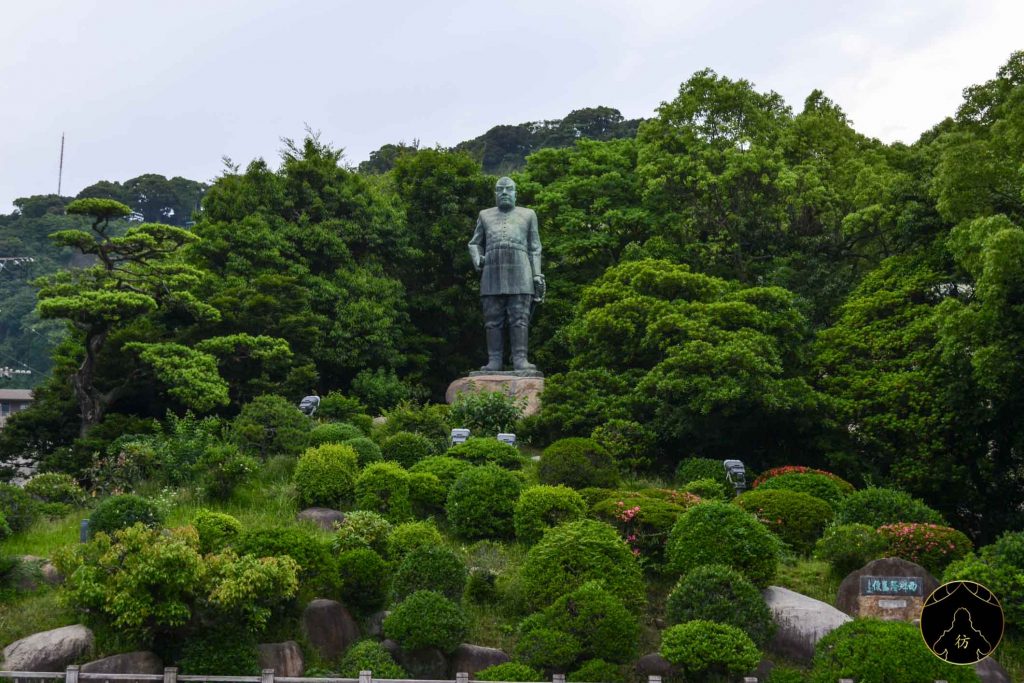
Exact location : https://goo.gl/maps/v73KnLnUYKL2
Saigo Takamori is the star of Kagoshima and you will find references to his character all over the city. He is even on the city walls, posing with a girl on each side.
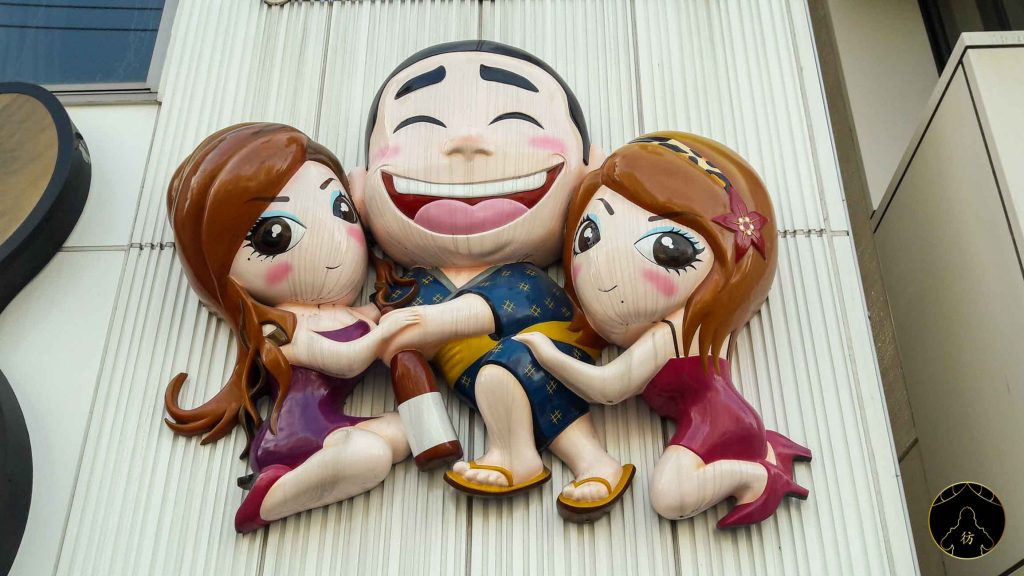
Who is Saigo Takamori, you say? First of all, it is one of the most influential samurai in the history of Japan and most Japanese people know his story. During the Edo period, Saigo was opposed to the reign of the Shogunate and supported the idea of an Emperor with more power and more openness to Western powers. He led the imperial forces during the Boshin War (1868-1869), which was a bit like a revolution meant to overthrow the Shogunate. He finally won and thus actively participated in the Meiji Restoration I mentioned earlier.
Following Meiji reforms, the power of samurai gradually started to dwindle and they were replaced by social and administrative authorities. This turn of events led Saigo Takamori to return to Kagoshima to form a private samurai school and Kagoshima became an independent region that rejected imperial authorities. In response to these provocations, the imperial forces sent more than 70,000 men to suppress the Satsuma Rebellion in 1877.
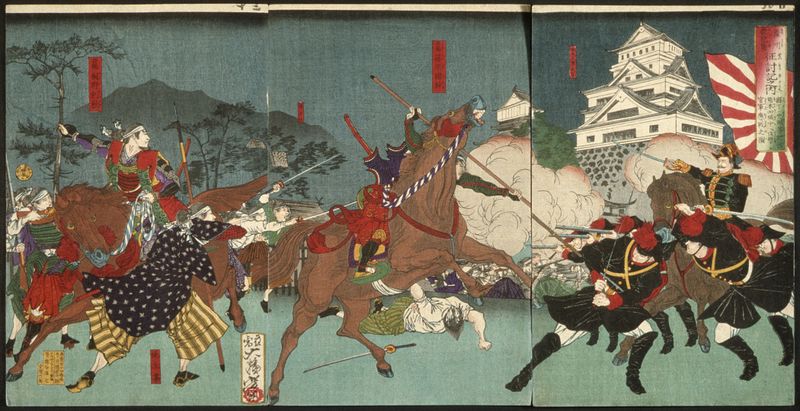
During the bloody war that ensued, Saigo got seriously wounded and decided to end his life, following the harakiri samurai ritual. It was his spectacular death that elevated him to the rank of hero of the nation. He is also considered to be the last true samurai of Japan. The last battle of the Satsuma Rebellion at Mount Shiroyama in September 1877 is what inspired the movie The Last Samurai.
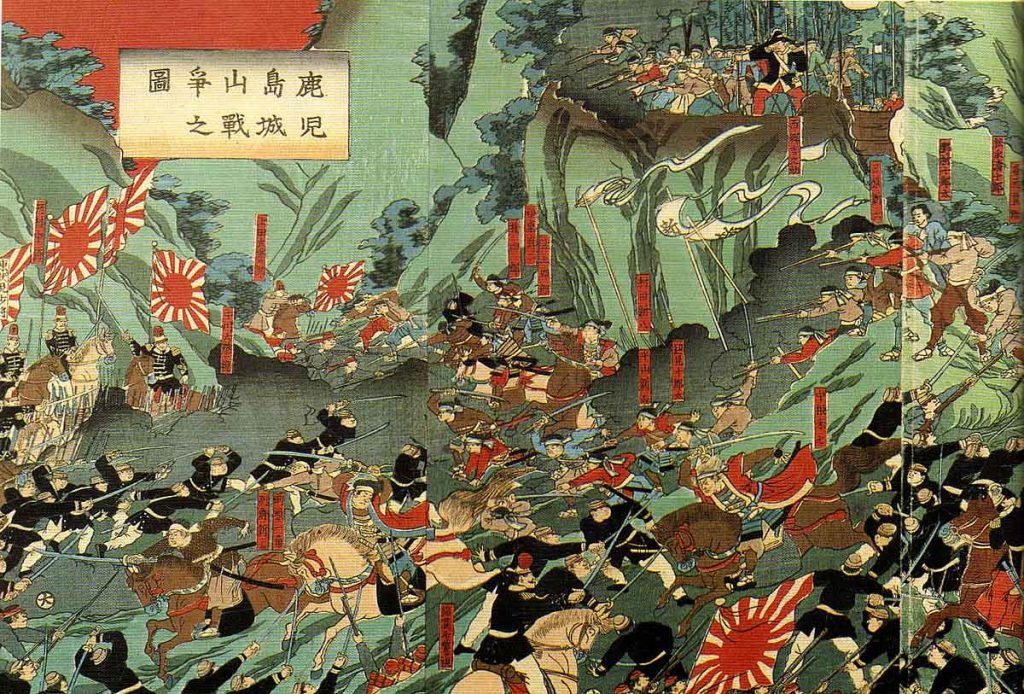
5. Shiroyama Park
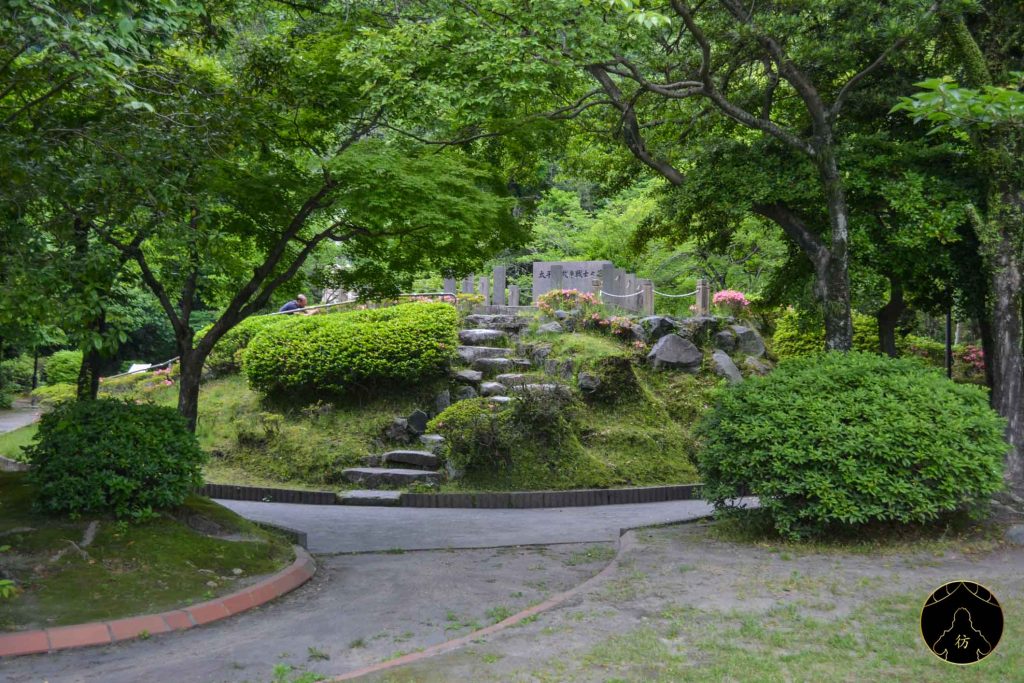
Exact location : https://goo.gl/maps/XaaYuLTbDxE2
Shiroyama is obviously an important landmark in the history of Japan. There is a beautiful park there today with other statues of important figures of the Satsuma clan such as Himazu Hisamitsu (picture below). Even if you are not a fan of Japanese history, it is a very pretty place to visit.
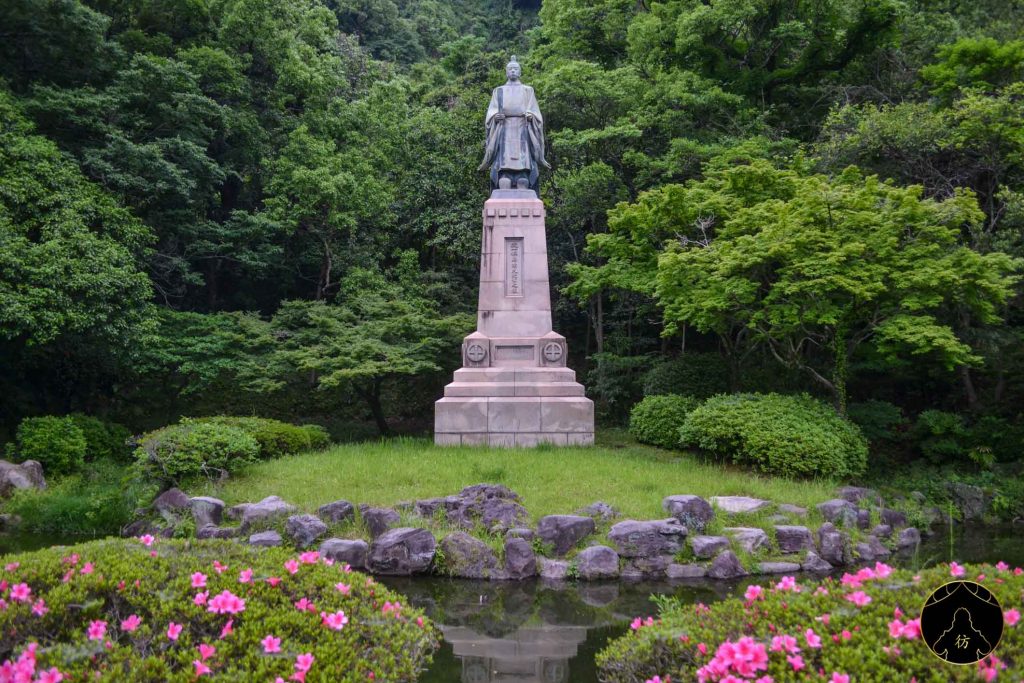
6. Terukimi Shrine
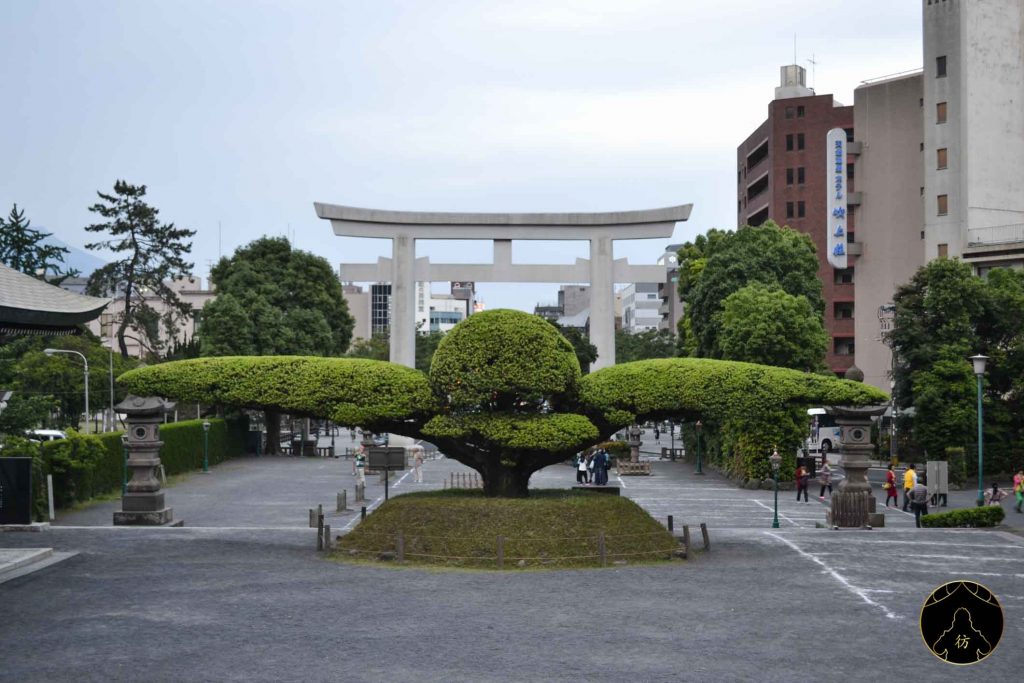
Exact location : https://goo.gl/maps/3y6HVRn4mWn
You can visit the amazing Terukimi sanctuary, located not too far from Shiroyama Park, and its impressive stone torii. If you visit it later in the afternoon, you will see its lanterns light up.
Be careful though, because terrible demons sometimes lurk around the sanctuary!

7. Sengan-en Garden
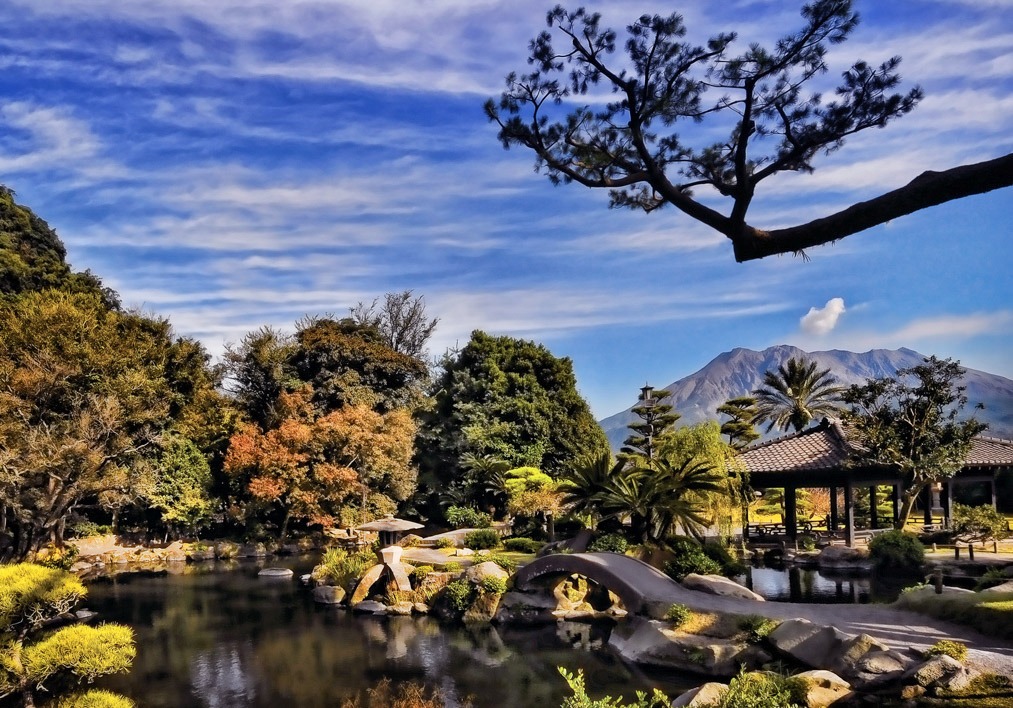
- Exact location: https://goo.gl/maps/KAifC6rwLRw
- Opening hours: every day from 8:30AM to 5:30PM
- Entrance fee: 1000 yen (around $9)
Last but not least is the magical Sengan-en garden. If you’ve never seen a Japanese Zen garden before, you’ll not only enjoy its various flowers and plants, but you’ll also have a magnificent view of the volcano on the Sakurajima island. The Sengan-en garden is located outside the city, towards the northeast, and it’s about a 30 to 40 minute walk from there.
To go there, you can also take the following bus lines from Kagoshima Station:
- Nangoku Kotsu Bus to Kamo or Kusuda
- Iwasaki Bus to Aira New Town, Shigetomi, Hinatayama / Shigehisa or Kokubu / Shigehisa
The trip lasts about 10 minutes and you will have to get off at Sengan-en Mae Station. Our visit to the city of Kagoshima is over! I hope you enjoyed it and that you will one day visit this part of Japan. If you have questions or comments, let me know in the comment section below.
After Kagoshima, I hitchhiked to Kumamoto to help rebuild the region after the 2016 earthquake. I didn’t know it then, but I ended up volunteering in Minami Aso.

Don’t forget that you can follow all my adventures in Asia on social media, on my Facebook Page, Facebook Group, Instagram and Pinterest.
See you around,
MF
PS: If you are looking for Nature and Adventure when you are in Kagoshima, you can take a boat and explore the beautiful Yakushima Island and its old trees. For your information, the forest in Yakushima inspired the famous anime Princess Mononoke and the landscapes over there are absolutely amazing! 🙂


